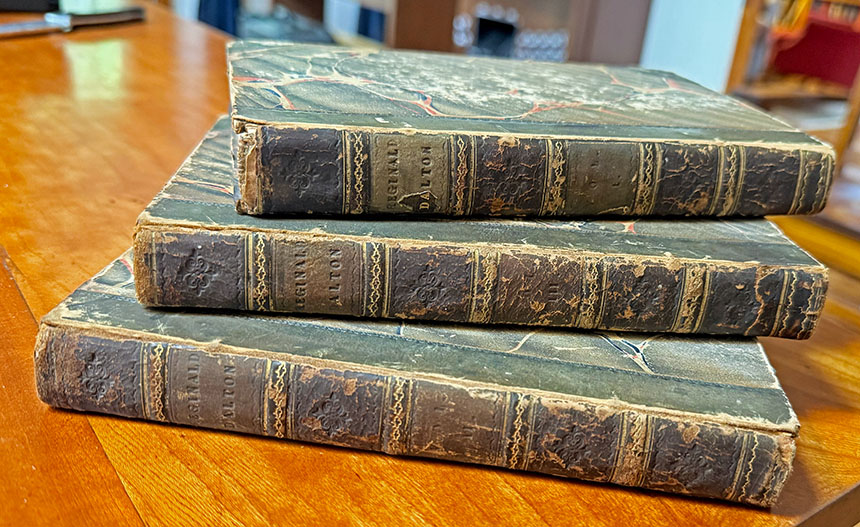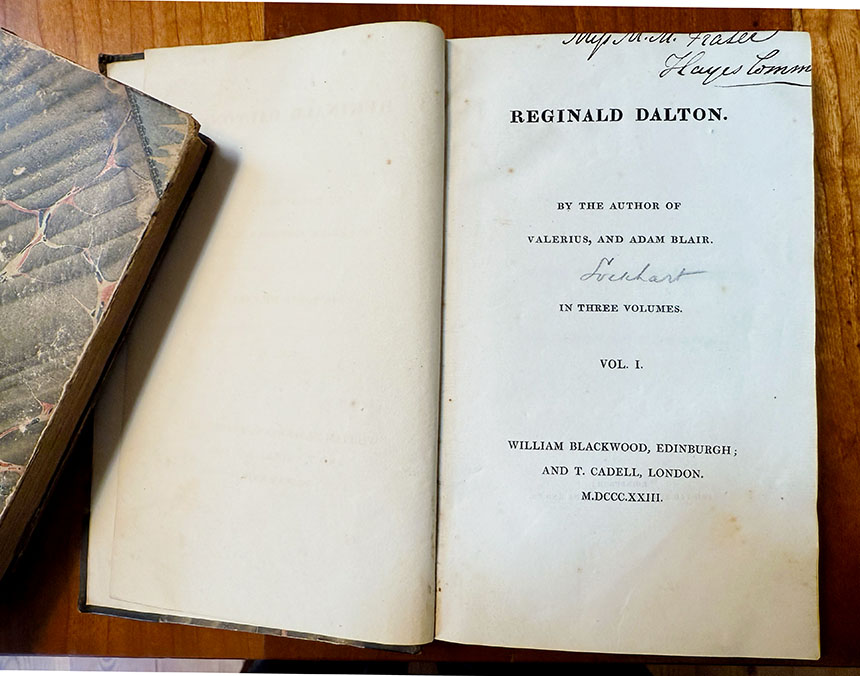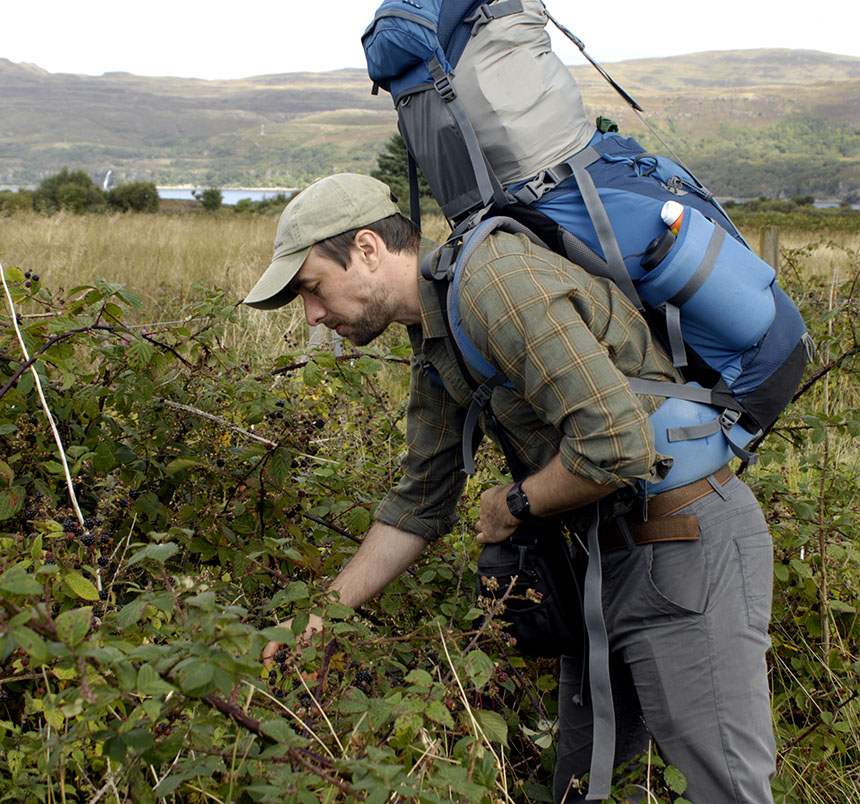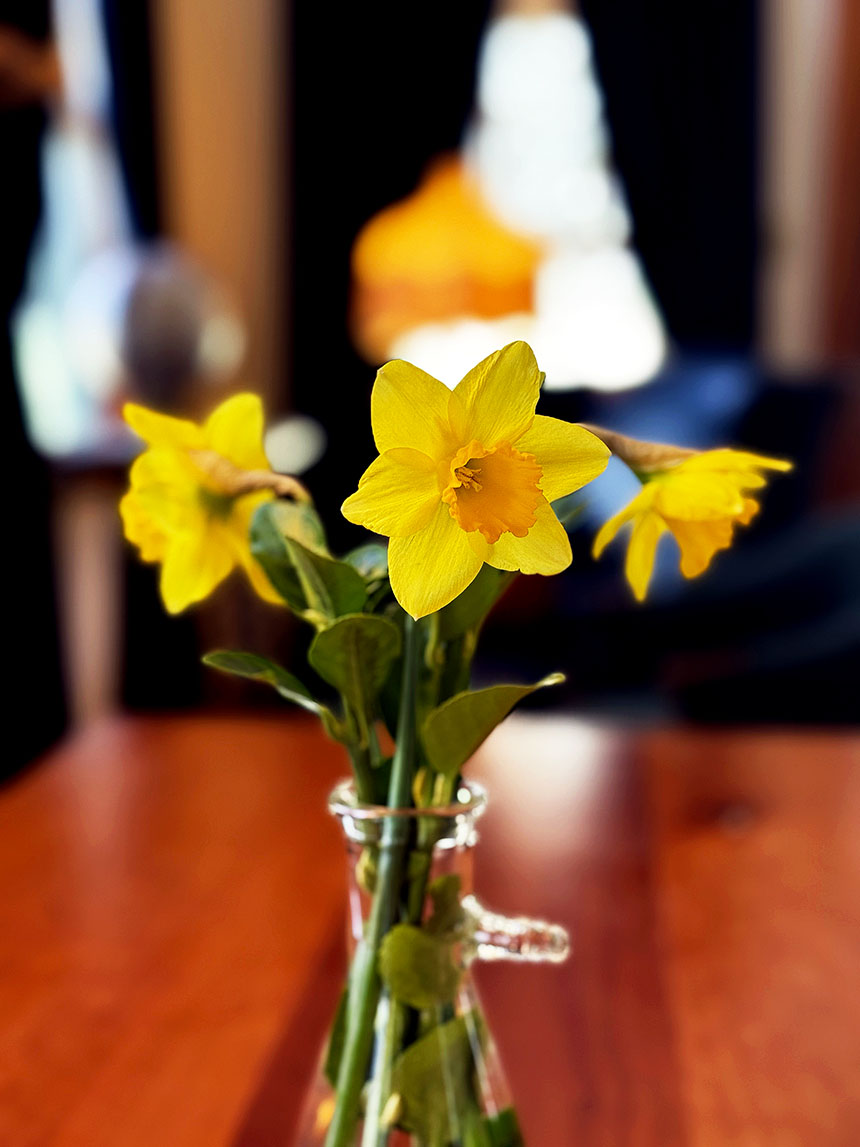
Click here for high-resolution version.
John Gibson Lockhart, 1794-1854, is best known as the author of a seven-volume biography of Sir Walter Scott. He married Scott’s oldest daughter, Sophia. Scott died in 1832. Lockhart, 23 years younger than Scott, died at Abbotsford, Scott’s home in the Scottish borders.
In addition to the biography of Scott, Lockhart also wrote four novels. Because my surname is Dalton, I was very curious about his third novel, Reginald Dalton, which was published in 1823.
Unless I missed something, Reginald Dalton has been out of print since 1849. (As with many old books, there are some low-quality facsimile editions.) The novel has become obscure, and when it is mentioned, the criticism is fairly harsh. I’m only about a third of the way through Reginald Dalton, but I think it’s going to be a better novel than some people have thought it to be.
Reginald Dalton is the son of a vicar in northern England. He’s about 15 years old when the story starts. He has never been far from home until, at the age of 18, he’s sent off to Oxford. The novel is said to be a comedy. I’m not really seeing that so far, though clearly some of the conversations and incidents (such as a stage coach overturning on the way to Oxford) is clearly meant to be funny. I understand from what I’ve read about the novel that Reginald is going to have some misadventures at Oxford.
Anyway, for a long time I have been on the lookout for an out-of-print public-domain book that deserves to be brought back into print through my micro-press, Acorn Abbey Books. This is a lot of work. It means using optical character recognition (OCR) to recover the text, then proofing and cleaning up the text from the many OCR errors that are inevitable. This novel is quite long. It was published in three volumes. It’s almost 200,000 words.
And the plot thickens.
I have scans (made by Google) from the 1823 first edition as well as scans from a reprint edition from 1849. I was conflicted about which edition would be the best source. That’s an academic question. I Googled to try to find a Lockhart scholar, and I quickly found one. He happens to be an American, Thomas Richardson, who is Eudora Welty professor of English at the Mississippi University for Women. Richardson is editing a series for the Edinburgh University Press, the Edinburgh Critical Edition of the Works of John Gibson Lockhart. A part of that series will be a new edition of Reginald Dalton.
When I learned this from an email from Richardson, my first thought was that an Acorn Abbey edition would be redundant. But then I realized that the Edinburgh edition probably will cost at least $130, like the Edinburgh editions of the novels of Sir Walter Scott. Whereas Acorn Abbey Books can produce an affordable edition for casual readers, and maybe even ride the wave if the release of Edinburgh University’s books rekindles some interest in John Gibson Lockhart and Reginald Dalton.
In any case, as I said to a friend, I pat myself on the back for realizing that Reginald Dalton deserves a revival.
A few first editions of Reginald Dalton are for sale here and there. I found all three volumes for sale at Bagatelle Books in Asheville. I have no idea how the books came to be in North Carolina, but old notes left inside the books suggest that the books came to the U.S. through Toronto.
I hope to have Reginald Dalton back in print before my next trip to Scotland, which I think will be in September. I probably will have more to say about the book once I’ve finished reading it.

























